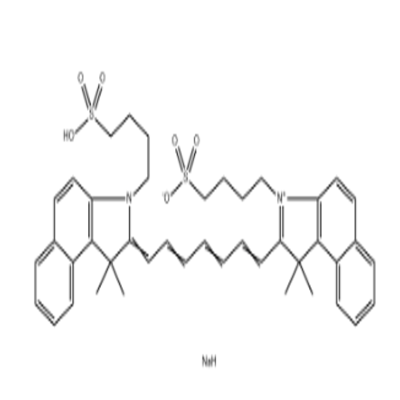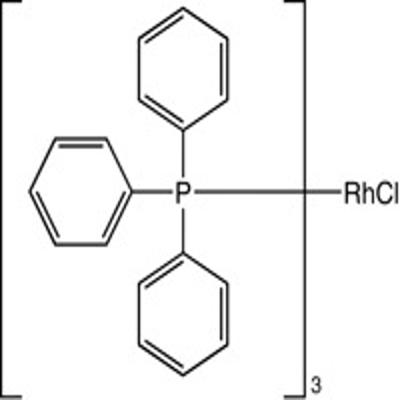-
Categories
-
Pharmaceutical Intermediates
-
Active Pharmaceutical Ingredients
-
Food Additives
- Industrial Coatings
- Agrochemicals
- Dyes and Pigments
- Surfactant
- Flavors and Fragrances
- Chemical Reagents
- Catalyst and Auxiliary
- Natural Products
- Inorganic Chemistry
-
Organic Chemistry
-
Biochemical Engineering
- Analytical Chemistry
- Cosmetic Ingredient
-
Pharmaceutical Intermediates
Promotion
ECHEMI Mall
Wholesale
Weekly Price
Exhibition
News
-
Trade Service
MutolotominoDNA (mtDNA) mutations can lead to a range of incurable metabolic diseases in humans.
these diseases most commonly spread in the mother and impair the cells' ability to generate energy.
Although the number of genes in the mitochondrial genome is small compared to the genome, these mutations can have a fatal effect on those who inherit them.
but it has been difficult to study such diseases because scientists lack a way to create animal models of mitochondrial genomes with the same mutations.
therefore, the development of a tool that can edit mtDNA is a long-standing goal of mitochondrial genetics scientists.
so, why not use "Magic Cut" CRISPR-Cas9? Because CRISPR-Cas9 can edit genes in almost any organism.
the RNA strands used by the tool can guide The Cas9 enzyme to the DNA regions that scientists want to edit.
problem, which works well for DNA in the nucleus, but RNA cannot penetrate the mitochondria that are surrounded by membranes.
face the mitochondria, "magic scissors" seem a little helpless.
late 2018, David Liu of the Broad Institute learned that Joseph Mougous, a microbiologist at the University of Washington, led a team that had discovered a "strange" enzyme.
is a toxin (Ddda) produced by the bacteria Burkholdia cenocepacia, which is converted into urinary (U) when it encounters DNA cytosine (C).
because the uncommon U in DNA is similar to T, so it can replicate enzymes in cell DNA.
copies it to T, effectively converting C in the genome sequence to T.
David Liu has previously used similar enzymes in base editing, but these enzymes usually work only on single-stranded DNA.
Liu had to rely on cas9 enzymes to destroy double-stranded DNA and create an unwound single-stranded region of DNA that made the enzyme work.
because it relies on the RNA strands that guide Cas9, the technology cannot reach the mitochondrial genome.
, however, the Mougous team found that DdA can be directly attached to double-stranded DNA without relying on Cas9 enzymes to destroy it.
Liu and Mougous snap - DddA can be paired with non-CRISPR DNA location systems for mitochondrial genome editing.
study was published July 8 in the journal Nature.
, of course, Liu and Mougous overcame a number of challenges in order to get DddA for mitochondrial genome editing.
first, DdA is toxic to mammalian cells.
to do so, the researchers split the toxin region of DdDA into two (split-ddDAtox halves) and turned into two inactive fragments.
then fuse the two fragments with the TALE protein separately and bind them to a specific DNA sequence, activating only when they reach a specific site.
finally, to deliver this gene-editing tool to the mitochondrial matrix, they must pass through the mitochondria's double membrane.
, the team used the amino acid sequence of mitochondrial-targeted signals to mark the built gene editing tools.
this protein-based import mechanism is more advantageous than RNA-based import systems such as CRISPR-Cas9 for mitochondrial double-layer membranes.
the end, this resulted in a DddA-derived mitochondrial base editor (DdCBE) derived from CRISPR that enables precise editing of the mitochondrial genome and brings new tools for research ingenual diseases.
all genome editing tools need to consider off-target effects.
the team compared treated and untreated cells and found no deviation from the target in the nuclear genome.
mtDNA is less targeted.
, the team looked at the therapeutic potential of DdCBE and found that it could repair 49 percent of the harmful mt DNA mutations known.
DdCBE reduces the proportion of mtDNA mutations carried without reducing the number of copies.
therefore, when the mitochondrial mutation load is high, it may be the preferred or even the only option.
Liu stressed that the study is a long way from being used clinically.
Although preliminary studies have found little change in off-target DNA, more research on different cell types is needed.
the study, published in the journal Nature, said the findings are important advances in the development of gene therapy for mtDNA diseases.
in addition, by using this tool to experimentally alter the mitochondrial genome, the correlation between mtDNA mutations and complex diseases, cancers, and age-related cellular dysfunction can be better understood.
References: 1. Scientists Make Precise Gene edits to mitochondrial DNA for first time. Mitochondrial genome editing gets precise.







